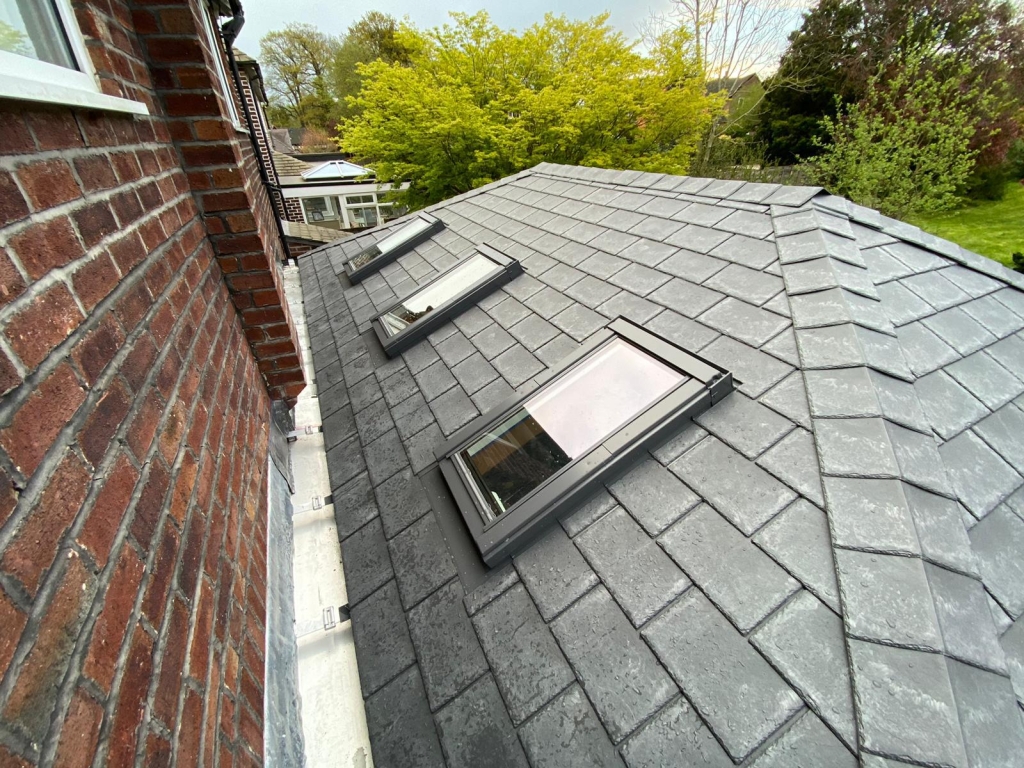Understanding Typical Roof Replacement Prices in the UK: What Homeowners Need to Know
Understanding Typical Roof Replacement Prices in the UK: What Homeowners Need to Know
Blog Article
Roof replacement is a significant home improvement project that many UK homeowners face, particularly when their roof has aged or sustained damage. Weather conditions in the UK, such as frequent rain and strong winds or snowfalls, can put a lot of stress on roof materials. These elements, over time, can lead to wear and tear that leads to structural damage and leaks. In some cases, the damage may be so extensive that a roof replacement is the only viable solution. Understanding the importance of roof replacement and knowing when and how to approach it is essential for maintaining the safety, comfort, and value of your home.
In the UK, the lifespan of a typical roof depends heavily on the material used and how well it has been maintained. Slate and clay tiles are traditional choices for British homes and can last 50 to 100 years if properly installed and maintained. Concrete tiles are more affordable and still offer around 40 to 60 years of durability, making them a popular option for modern homes. Felt roofs, often used on extensions and garages, usually have a shorter life expectancy of 20 to 30 years. While some homeowners may opt for patch repairs to extend the life of their roof, this approach can quickly become more expensive than a full replacement. A professional roof inspection can determine if a replacement is needed and which options best suit the structure and location your home. During the assessment, factors such as roof pitch and condition of underlayment should be taken into consideration.
Choosing the right materials is a critical decision in the roof replacement process. In the UK, the most common roofing materials include slate, clay tiles, concrete tiles, and more recently, synthetic alternatives that mimic traditional aesthetics while offering modern benefits. Slate is highly durable and can last well over 100 years, making it a popular choice for heritage homes. Clay tiles are also long-lasting and have natural insulation qualities, though they can be damaged by freezing temperatures. Concrete tiles are cost-effective and widely used in suburban housing. Some homeowners are turning to lightweight metal or synthetic composite tiles for easier installation and energy efficiency. It's essential to select materials that align with the home's architectural style, local building regulations, and the regional climate. A professional roofer can help guide these decisions based on the specific requirements of each property.
The cost of Typical roof replacement prices in the UK is an important factor, and UK home owners should expect a range of prices depending on both the complexity and size of the project. Roof replacements for a semi-detached three-bedroom house range from 5,000 up to 12,000 depending on factors such as the material chosen, access, required scaffolding and roof shape. Labour charges often make up the bulk of the expense, especially if there are complications like chimney flashing, skylights, or structural timber repairs. You should get multiple estimates from roofers who are certified and make sure that they include the entire scope of work, including permits and warranties. While cheaper options might be tempting, cutting corners on quality or experience can lead to bigger problems down the line. Choosing a roofer who is a member of professional bodies like the National Federation of Roofing Contractors or TrustMark can offer peace of mind. To obtain further details please head to https://www.roofadvisor.co.uk/how-much-does-a-roof-replacement-cost-in-the-uk/
In the UK, a wide range of roofing materials is available, and selecting the right one depends on factors such as the type of property, budget, and desired longevity. Traditional materials such as clay tiles and natural slates are popular choices for homes with a classic appearance. These materials offer long-term durability, with slate roofs often lasting over 100 years if maintained properly. Concrete tiles and asphalt shingles tend to be preferred for modern homes due to affordability and easy installation. Flat roofs, common in commercial buildings or extensions, may use bitumen or rubber-based materials. It is important to discuss with your roofing contractor the material that will be used to create the best roof for you.
Roof replacement in the UK is a major but necessary project that ensures the safety, value, and comfort of a home. With the variety of materials available and a wide range of qualified professionals, homeowners have many options to suit their specific needs and budgets. Staying proactive by recognising signs of roof deterioration and acting promptly can prevent costly damage and future stress. A professionally installed roof can last for decades and significantly improve energy efficiency, making it a wise long-term investment. It is important to act quickly when dealing with storm damage or a leaky roof. Working with trusted experts in roofing and making educated choices will help UK homeowners protect their homes for many years.